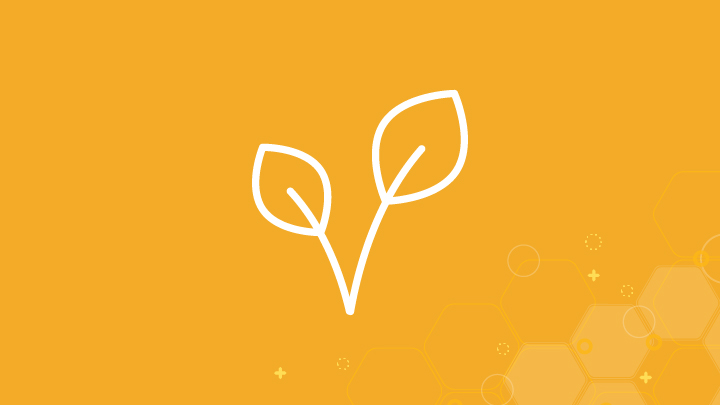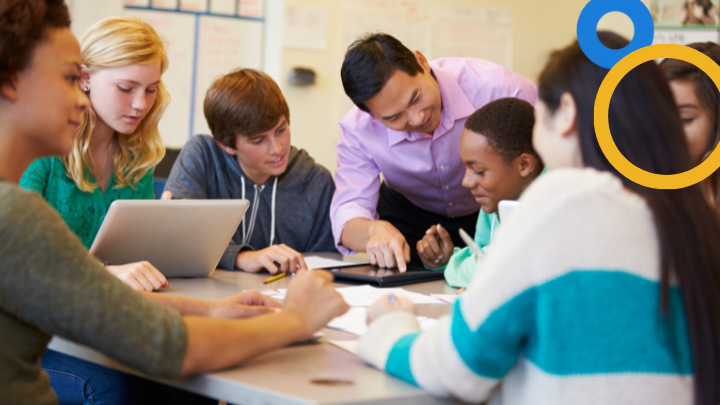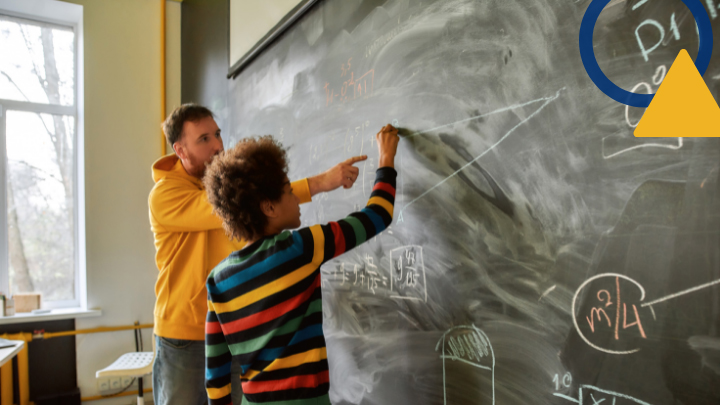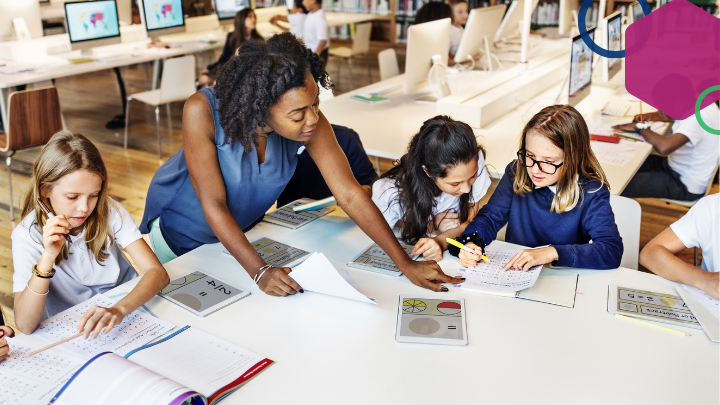Confident, curious, and happy. These are character goals that I set for myself as an educator, and qualities I hope to instill and support in my classroom of young students. At a time in their education when they are learning to be classmates, friends, and successful students, these qualities are crucial to their journeys. Fostering a love of learning, and supporting a growth mindset is a big part of that work. I have found that differentiation in my lesson plans, especially through personalized support for students, has had a positive impact on the way my students think about their abilities and their potential.
Personalized Goal Folders
A goal that I set with my BetterLesson coach was to help my students achieve independence in setting appropriate goals for themselves. Building a growth mindset has to start with attainable goals that will serve to both prevent frustration and to promote healthy concepts of achievement and progress.
One thing that helped me do that this year was for my students to create “goal folders” for their personalized learning goals. The students would work towards achieving their personalized goals for one to four weeks before they created a new one. Each of my students had a folder with a paper in it that stated their self-created goal. And in each folder, there was a sticker checklist for my students to self-evaluate whether they achieved that goal.
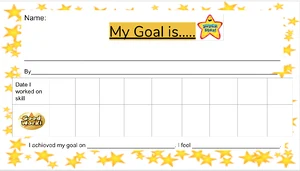
By the end of the project, it served as a certificate to take home that both marked their achievements and captured their overarching journey. The folder also contained activities to choose from each day that helped them work toward their selected goal. While my students were working independently to achieve their goals, I had the opportunity to sit with one or two of them at a time in order to support them with personalized, goal-oriented activities.
Once we established the goal-setting routine, my students were excited to find their folders and get to work. They felt in charge of their learning and they had ownership over the activity. Since each child created a different goal for themselves, these differentiated folder assignments had a wide variety of activities. My students are young and most are unable to read, so the folders had pictures of manipulatives and materials in the classroom that they were familiar with and able to use independently. They enjoyed the independence of getting their folders and making a choice in their learning experiences. The folder met them where they were, and because of this, their growth mindset was supported and encouraged through their hard work and reflection.
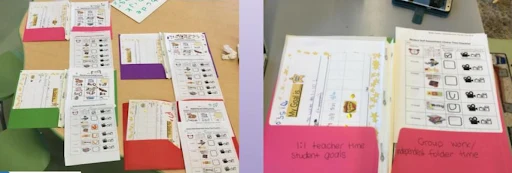
Because each student was working on their own folder activity, no one felt as though they were not able to complete a task that might have been too challenging for them. They loved to go through their past work (where I had added pictures of them completing these activities) and this allowed them to appreciate how much effort they put into achieving their goals.
Teachable Moments to Promote Growth Mindset
Another growth mindset strategy that I focused on with my BetterLesson coach was to use teachable moments during student-centered activities. This might look like: encouraging students who are helping a classmate that is upset, celebrating a decision to clean up an activity in a productive way, or highlighting an innovative method that a student used to solve a problem. Young students establish a growth mindset through the development of social skills and through small moments that build their integrity and confidence. These teachable moments helped my students understand that they can improve their overall performance one task at a time.
One thing to remember is to observe your students as they work, and I needed to engage in better observation in order to find those teachable moments. Sometimes when we plan and execute a lesson, we forget to leave time to observe and analyze how the student approaches the task and how they go about interacting with others. My classroom is now much more process-oriented instead of product-focused. Through close observation and teachable moments, I’ve come to see how building students’ growth mindsets also builds their confidence as learners. They should understand that making mistakes is an important part of learning and that by asking them to try again, we are helping them persist through all kinds of problems. Encouraging students to embrace the process of how to learn is often just as important as what they are learning.
